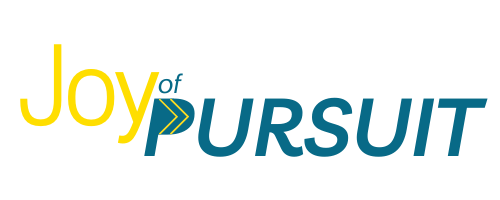Habits That Keep You Stuck
Feeling stuck can be common for many entrepreneurs or those looking to grow their careers. The lack of forward momentum can leave you feeling defeated and questioning your odds of success. When stuck, pushing harder often doesn’t work. It’s time to employ the adage “Work smarter, not harder.” In order to work smarter, you need first to examine where you feel stuck. When doing so, bad habits will rise to the surface. Once you identify these habits, you can develop a process to correct them and get you moving again.
Start with awareness.
Pause to observe when you feel stuck or when you feel the least productive in your business. Be aware of the other emotions that could be symptoms of “stuck” such as frustration, dread, annoyance, unfulfilled, or confusion. What particular task, time of day, or meeting brings on this feeling?
Get specific.
Now that you are aware of what triggers that stuck feeling. Identify a habit that is part of your “stuckness.” What is the root of the problem? What is getting in the way of your progress? Some examples of these habits are: you’re easily distracted, disorganized, always late to meetings, you lack follow-through, or come to meetings unprepared.
Find a solution.
Now that the habit is identified, this is where processes come into play. Processes will provide structure and actionable steps to give you forward momentum. Implementing these processes is where you will see the results.
We’ll take you through the above steps with a couple of examples:
Example 1: You feel stuck when working on projects because you lose motivation each time you are searching for a document or an email to reference. Retrieving documents or emails is consistently difficult for you and takes a great deal of time. This causes frustration, and then you lose momentum and motivation to work on the project.
Habit: Unorganized files and no consistency or method for organizing digital files.
Solution: A process for digital storage. Create a process that uses a consistent method for naming documents and what digital files the documents are stored in. Consistent naming of files will make them much easier to search and retrieve when needed.
Result: Faster retrieval allowing you to continue your focus on the project and more time in flow achieving your goals.
Example 2: You dread attending a weekly team meeting. Part of the agenda for this meeting is to give a status report on current projects. This reminds you how far behind schedule your project is. You know when the due date is and what the end result needs to be, but you are unsure where to start and aren’t taking actionable steps each week to achieve the goal. Ultimately, it isn’t the meeting that is the issue, it’s the reminder of all the work you have not completed. And the dread just compounds each week and overshadows any motivation you have to get things accomplished. You feel stuck and unable to make progress.
Habit: Procrastination and lack of a manageable plan to complete the goal.
Solution: Goal planning and establishing milestones—we call this process Goal Mapping (check out our free tool here). You need to break your big goals down into actionable milestones with realistic due dates. Identify what tools or collaboration you need to accomplish each milestone.
Result: You have a map guiding you every step of the way to your goal. No more stalling because you don’t know where to start, or what to do next. When the dread creeps in, you can rely on your map to give you a small, actionable item that will move the project forward.
We all have some bad habits. But we have to identify the source. Once the root cause is identified, a solution is easier to create. Be sure that solution contains a process with actions to ensure implementation. For example, simply stating, “My email is unorganized. I’ll start organizing my inbox better” may sound good and like somewhat of a solution—but is it really? You have to create a process to support better email organization. Once the process is mapped out and implemented, then the bad habit of being unorganized can be broken.
Start by identifying one bad habit keeping you stuck. Develop a process to replace the bad habit. With time, the process will become habitual. Processes are one of the best tools to utilize in your business. They are repeatable and dependable. Having something to rely on when bad habits start to sneak back in is vital to get your progress back on track.
Where do you feel stuck in your business? Odds are there is actually a bad habit at the source. Need help identifying gaps caused by bad habits? Reach out, we’d be happy to consult with you and walk you through a Goal MAP session. Ready to tackle the bad habit on your own, download the Goal MAP Worksheet and get started.
Welcome to Joy of Pursuit!
Pursuing your small business goals can be challenging.
Whether you are a company of one or have a team, I can assist you with building the small business of your dreams.
This page contains affiliate links meaning we earn a commission if you use those links. We only recommend brands we use and trust. See our disclosures.




